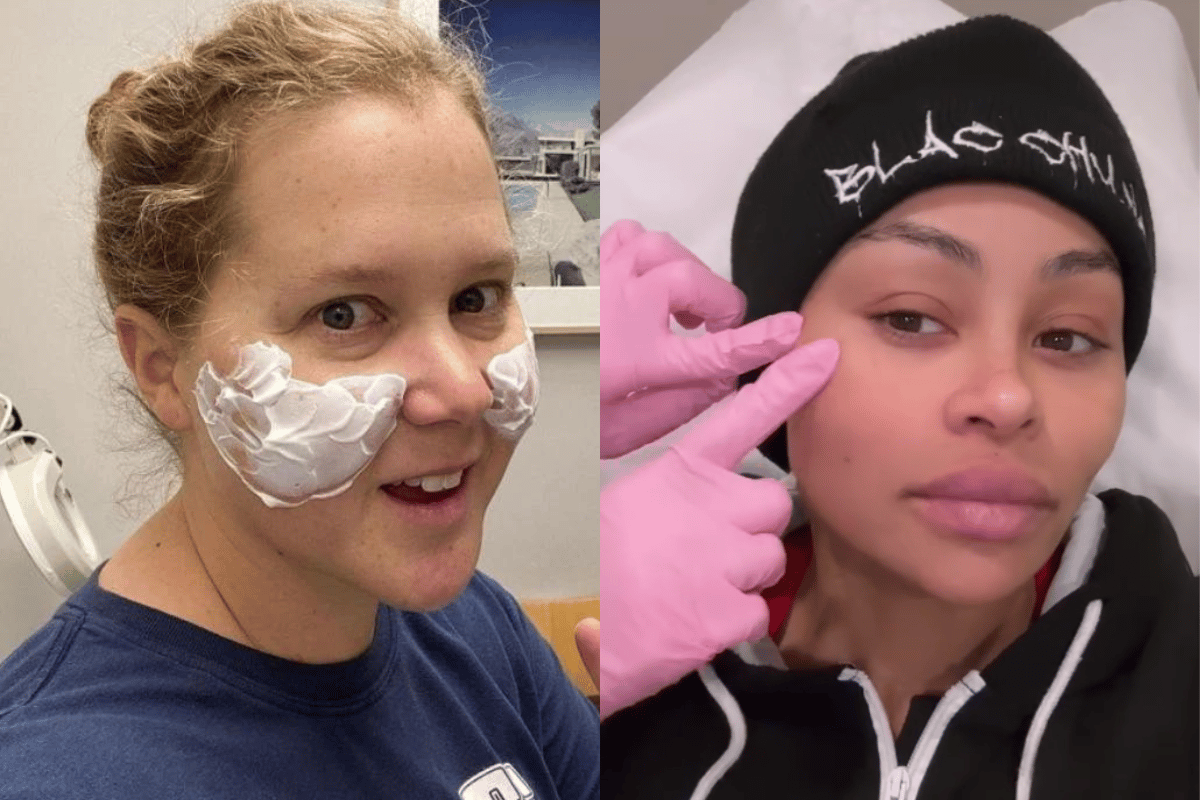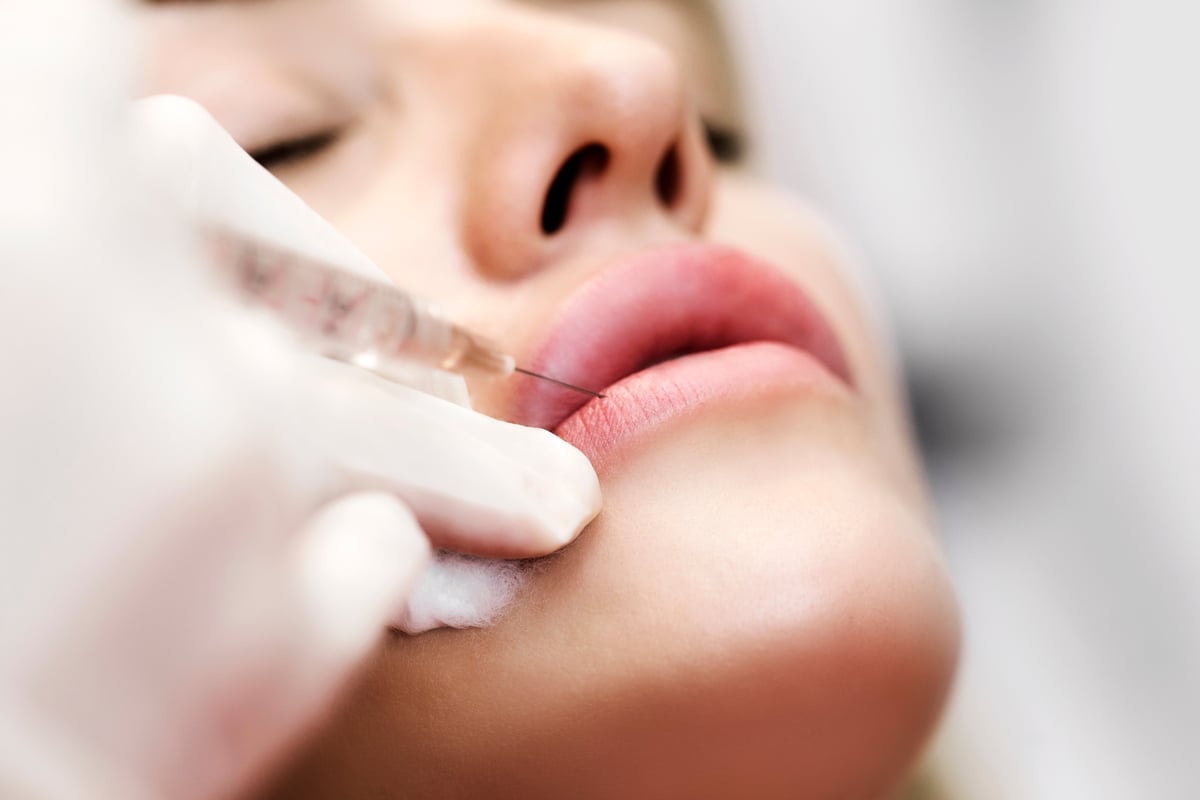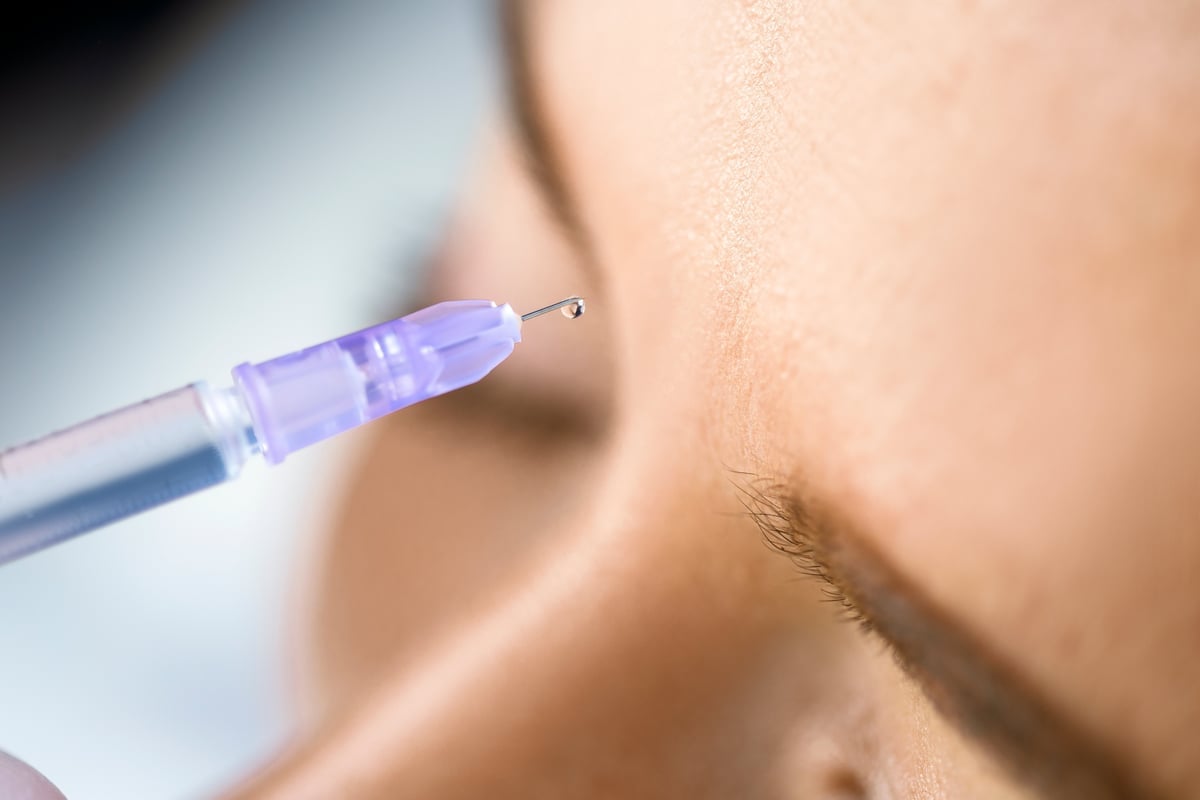
Whether you're all about them or they're not your thing, non-invasive cosmetic treatments like dermal fillers have become just about as normal as getting your nails done or having your hair trimmed.
But as it gets easier to access these kinds of treatments, it's also becoming more common to see "bad work", with many people ending up with asymmetrical results or a distorted, over-filled appearance (read: the 'pillow face' Instagram filter IRL).
While part of this may be due to inexperienced injectors, it's also reflective of trends fuelled by social media - think high cheekbones, contoured faces, chiselled jawlines, and big lips.
Then there's also the questionable lifespan of filler - where drug companies might say a gel lasts 12 months when it actually lasts for years. Meaning? An accumulation of leftover filler in people's faces. Layers upon layers of it.
As a result, the aesthetics industry is now seeing more and more people requesting to 'hide' adverse results or have their fillers completely dissolved.
Watch: A Mamamia employee asked the 'Doll Maker' what she'd do to her face. Post continues below.



Top Comments